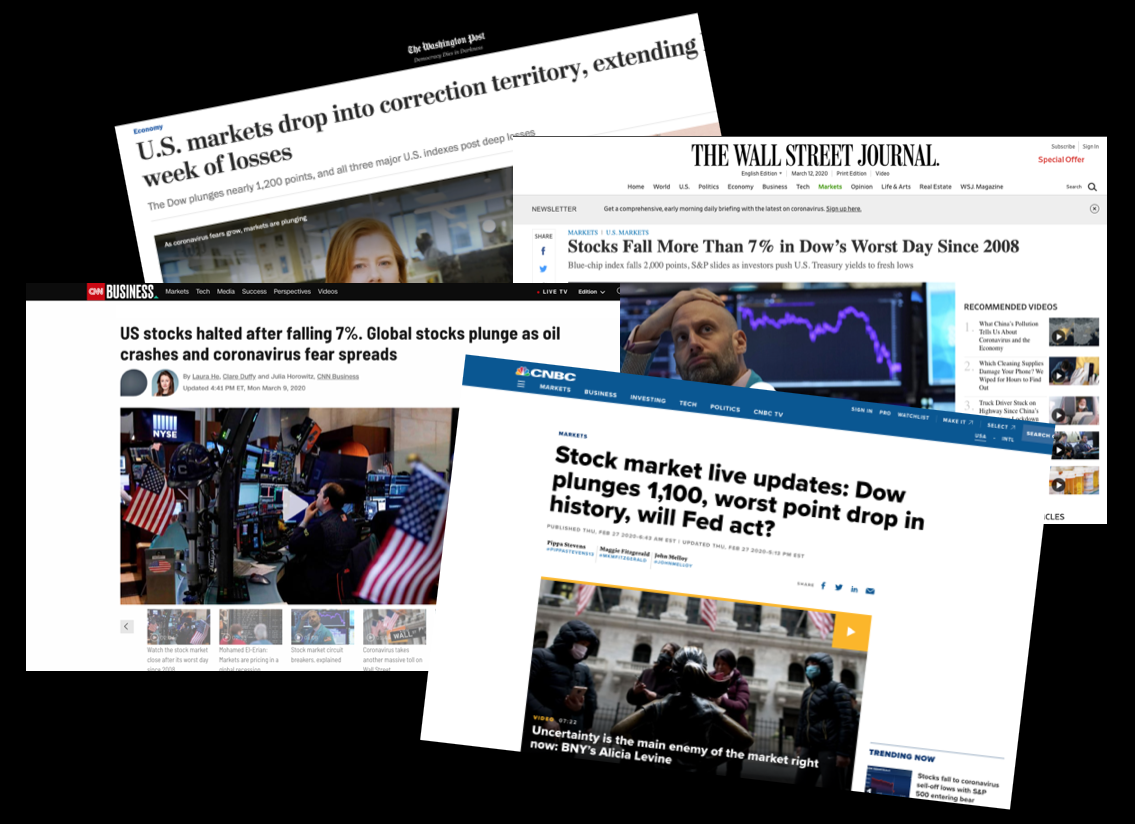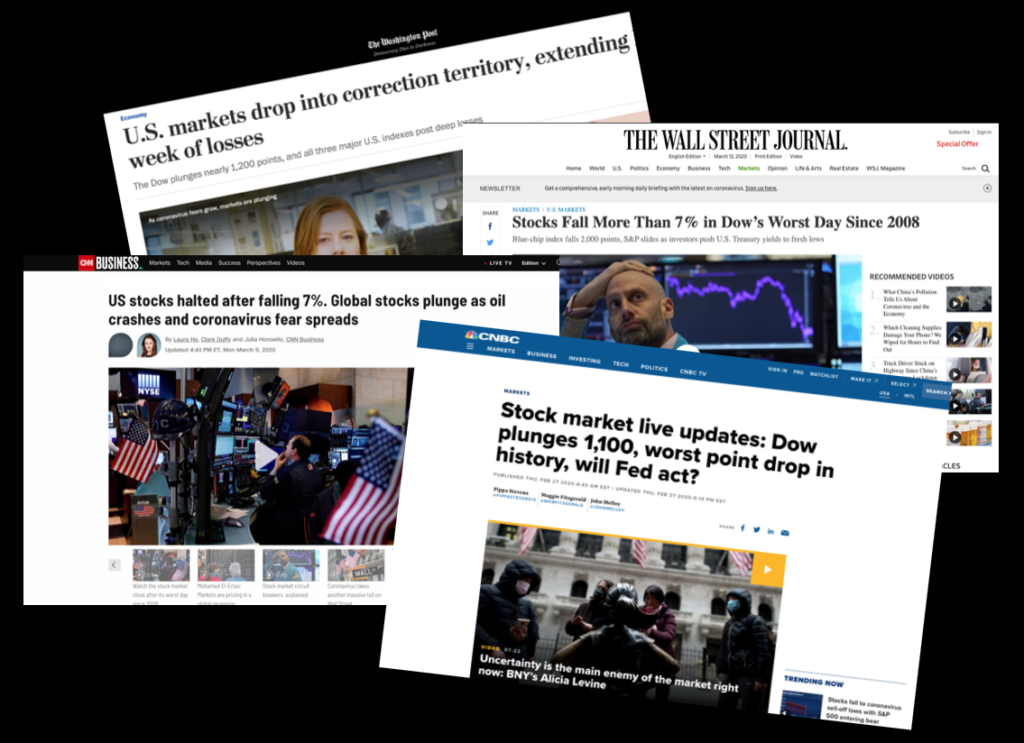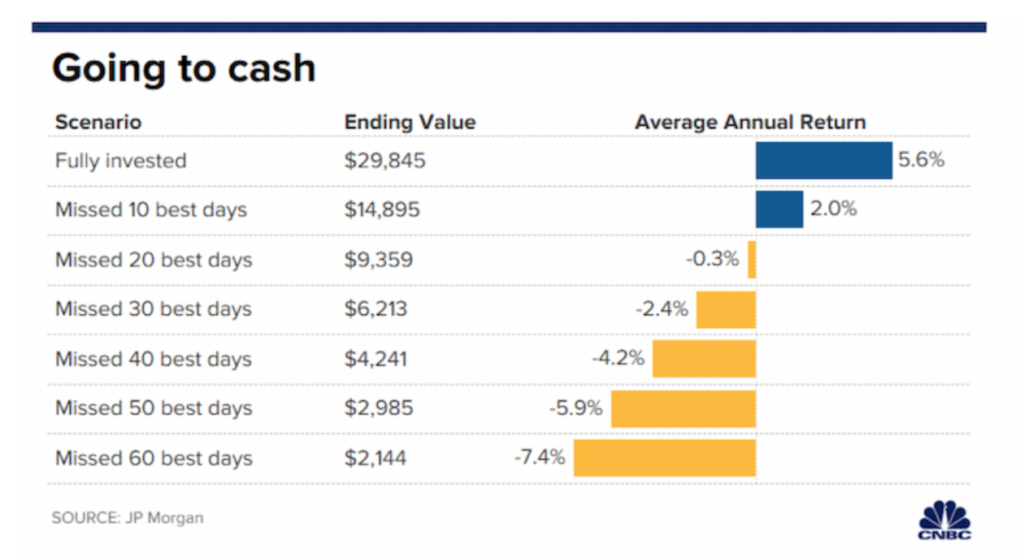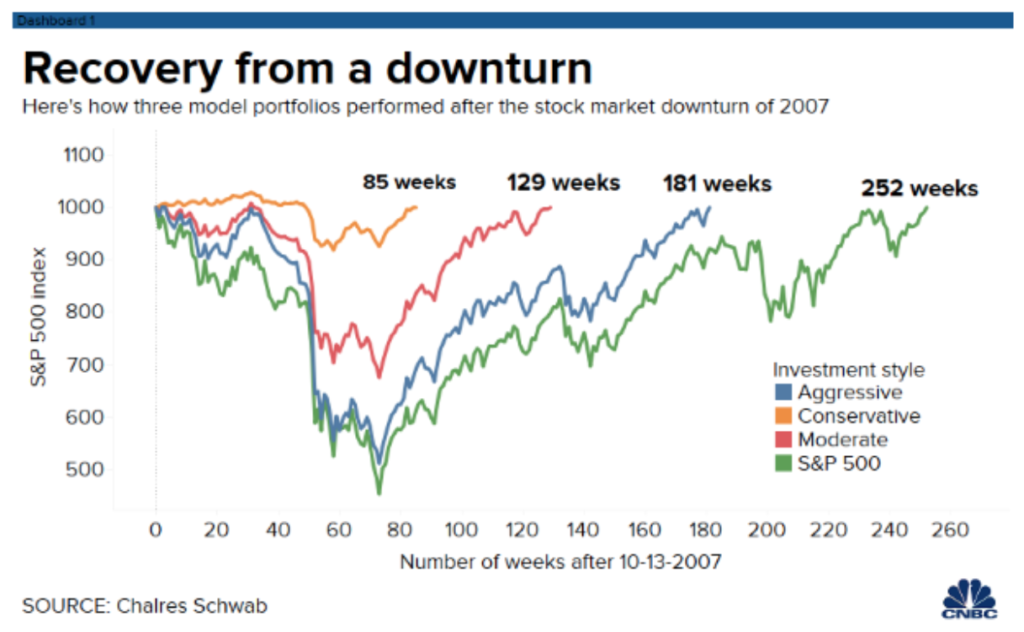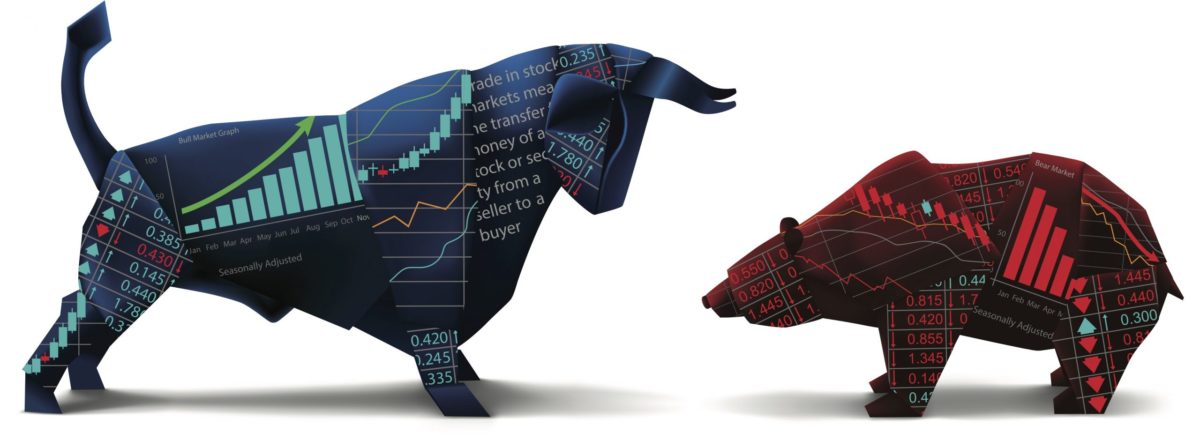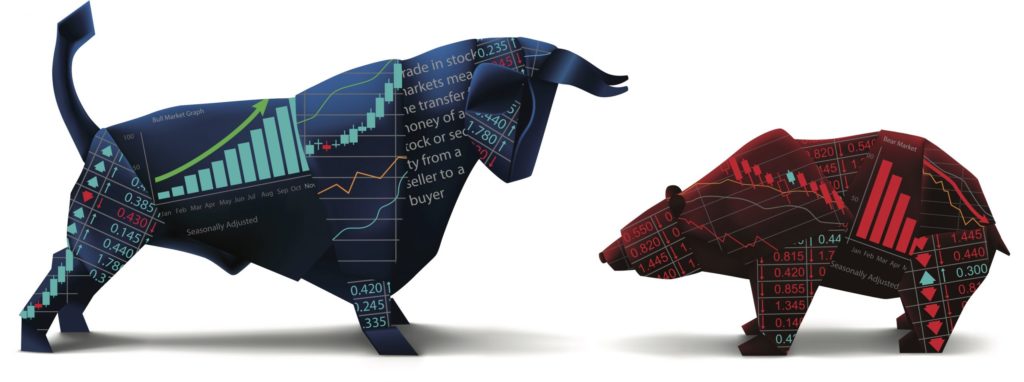A breakdown shows that just about every investment asset was up strongly in 2019. The Wilshire 5000 Total Market Index — the broadest measure of U.S. stocks — gained 9.08% in the 4th quarter, finishing the year with a hefty 31.02% gain. The comparable Russell 3000 index was up 25.52% for the year, and has gained an average of 11.83% for the decade of the 2010s.
Looking at large cap stocks, the Wilshire U.S. Large Cap index gained 9.09% in the fourth quarter, providing a 31.51% return for the year. The Russell 1000 large-cap index finished the year with a similar 31.43% gain (averaging a 13.54% gain over the last 10-year period), while the widely-quoted S&P 500 index of large company stocks gained 8.53% during the year’s final quarter and overall finished up 28.88% in calendar 2019 – narrowly losing out to the decade’s best yearly gain of 29.6% in 2017. Over the last ten years, investors in the S&P 500 saw annualized gains of 11.22% in the value of their holdings.
Meanwhile, the Russell Midcap Index finished the 2019 calendar year up 30.54%, averaging 13.19% a year for the decade.
As measured by the Wilshire U.S. Small-Cap index, investors in smaller companies posted 9.01% gains in the final quarter, to end the year with a 26.21% return. The comparable Russell 2000 Small-Cap Index posted a 25.52% gain in 2019.
Even the foreign markets were generous to investors this year. The broad-based EAFE index of companies in developed foreign economies gained 7.81% in the final quarter, and ended the year up 18.44% in dollar terms. However, the past ten years have not been the best times to invest in international stocks; the index recorded an annualized gain of just 2.57% over that time period. In aggregate, European stocks were up 20.03% in 2019, while EAFE’s Far East Index gained 15.46%. Emerging market stocks of less developed countries, as represented by the EAFE EM index, were up 11.36% in dollar terms in the fourth quarter, giving these very small components of most investment portfolios a 15.42% gain for the year. However, their 10-year track record is not enviable: up just 1.20% a year for the decade.
Looking over the other investment categories, real estate, as measured by the Wilshire U.S. REIT index, posted a 1.14% loss during the year’s final quarter, but it finished the year with a 25.76% gain. The S&P GSCI index, which measures commodities returns, gained 8.31% in the 4th quarter, to finish the year up 17.63%. Looking back, however, commodities returns dramatically lagged U.S. stocks over the past decade: the total return for the commodities index overall was a negative 5.44%.
In the bond markets, coupon rates on 10-year Treasury bonds dropped almost a full percentage point, year-on-year, to stand at 1.75% at year end. Similarly, 30-year government bond yields have fallen from 3.01% at the beginning of the year to 2.38% coupon rates today. Five-year municipal bonds are yielding, on average, a meager 1.14% a year, while 30-year munis are yielding 2.15% on average.





